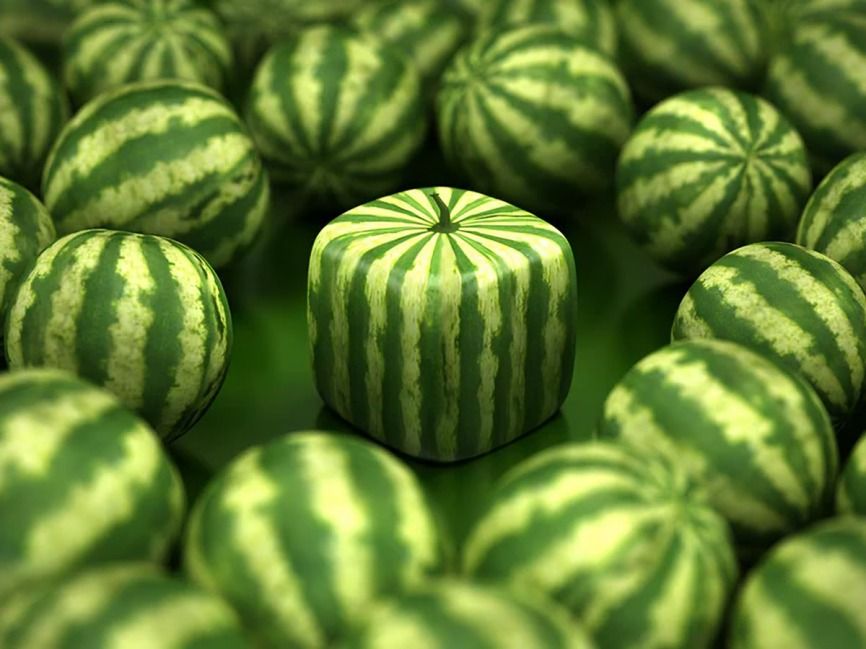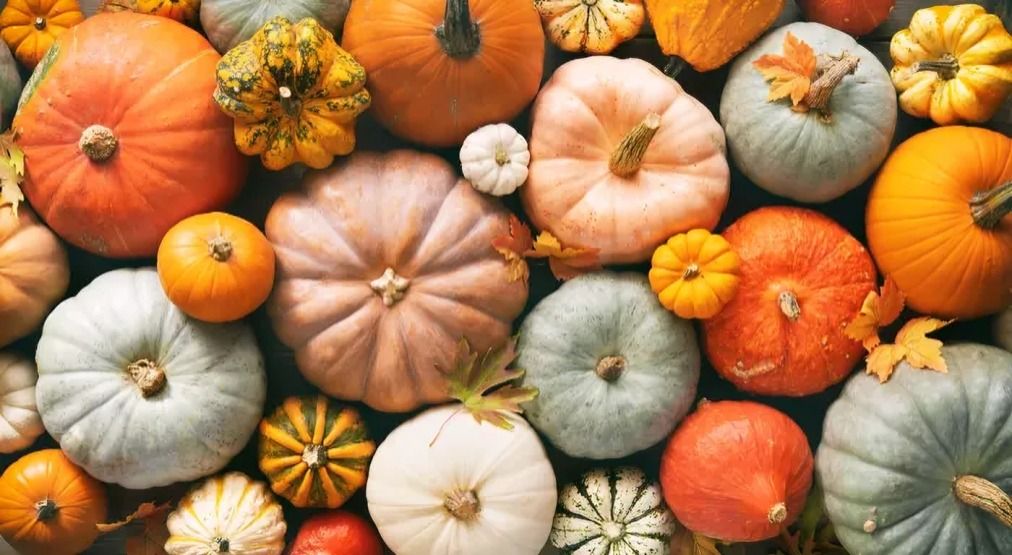
“
Fruits are more than just delicious treats; they are packed with fascinating facts highlighting their nutritional benefits, cultural significance, and natural wonders. From their skins' vibrant colours to their seeds' intricate patterns, each fruit tells a story of evolution, discovery, and global importance. Join us as we delve into 20 interesting facts about fruits that will leave you amazed and eager to enjoy these gifts of nature even more.1
1
”
Botanically, tomatoes are classified as fruits because they develop from the ovary of a flower and contain seeds. However, they are commonly treated as vegetables in culinary contexts due to their savory flavour profile and typical use in savory dishes. 1
The jackfruit is known as the largest tree-borne fruit in the world, weighing up to 80 pounds (36 kilograms) and growing as large as 3 feet (91 centimeters) in length. It's not only enormous but also versatile, used in both sweet and savory dishes.2
Did you know that some fruits, like strawberries and kiwis, have their seeds on the outside? These tiny seeds are part of what makes each fruit unique and help in the reproduction of new plants when the fruits are eaten and dispersed by animals.3

Some Japanese farmers grow square watermelons using special molds. This unique shape, developed in the 1970s, makes the watermelons easier to stack and store. They are often grown for novelty, aesthetic appeal, or as luxury gifts.
Like blueberries and strawberries, berries are not only tasty but also good for your brain—they can help you think better! Berries contain antioxidants that support brain health by protecting cells from damage and reducing inflammation. 4
Fruits like watermelon and oranges are full of water, which helps keep you hydrated, especially on hot days or during physical activities. Water-rich fruits are refreshing snacks that can quench your thirst while providing essential vitamins and minerals. 5
A single pomegranate can contain up to 1,000 seeds, packed inside its juicy, ruby-red compartments. These tiny, flavorful seeds, also known as arils, are not only delicious but also packed with nutrients and antioxidants. 6
Bananas are slightly radioactive due to their high potassium content. Potassium-40, a naturally occurring isotope, contributes to this radioactivity. However, the level is extremely low and not harmful, making bananas safe and nutritious. 7
Microwaving grapes can cause them to explode and create a spectacular display of plasma sparks. This happens because the microwave heats the grapes unevenly, leading to a buildup of steam and creating a mini firework effect. 8
Bees and other insects are vital in pollinating fruit trees and plants, ensuring they can grow and produce tasty fruits. Pollination is a natural process that helps maintain biodiversity and ecosystem health, benefiting plants and animals. 9
The first fruit grown in space was a tomato, cultivated by astronauts aboard the ISS in 2015. This achievement marked a major step forward in space agriculture, showcasing the potential to grow fresh produce in space environments. 10
Durian holds the title of the smelliest fruit in the world, with its powerful and distinctive odor. The smell is so strong and pervasive that it’s often compared to a mix of rotten onions and gym socks, making it notorious among fruits. 11
Explorers like Christopher Columbus helped bring fruits like pineapples and bananas to new parts of the world. These explorations introduced new fruits to different cultures and contributed to the global exchange of agricultural knowledge.12
Fruits like oranges and lemons have oils in their peels, making them smell fresh and citrusy. These aromatic oils are used in perfumes, aromatherapy, and household cleaners, adding a pleasant fragrance to various products. 13
Cranberries have a unique trait: they can bounce when fully ripe. This fun fact is due to their air-filled pockets, which make them resilient. Next time you have a ripe cranberry, give it a bounce and see for yourself! 14
Eating fruits regularly can help you have healthy skin, strong bones, and lots of energy for playing and learning. Fruits provide essential nutrients that support growth, development, and overall well-being in children and adults alike. 15

Did you know that pumpkins are technically fruits? Just like tomatoes, pumpkins are classified as fruits because they develop from the seed-bearing part of flowering plants. In contrast, vegetables are edible parts like leaves, stems, and roots.
Frozen fruits, like berries and bananas, are great for smoothies and refreshing treats. Freezing fruits preserves nutrients and flavours, offering convenient options for nutritious snacks and desserts year-round. 16
Kiwis are packed with more vitamin C than oranges! This small, fuzzy fruit offers a significant boost of this essential nutrient, surpassing the vitamin C content found in oranges. 17
Bananas are classified as berries due to their botanical characteristics, such as developing from a single ovary and having a fleshy fruit. Surprisingly, strawberries aren’t true berries; they’re considered aggregate fruits. 18


